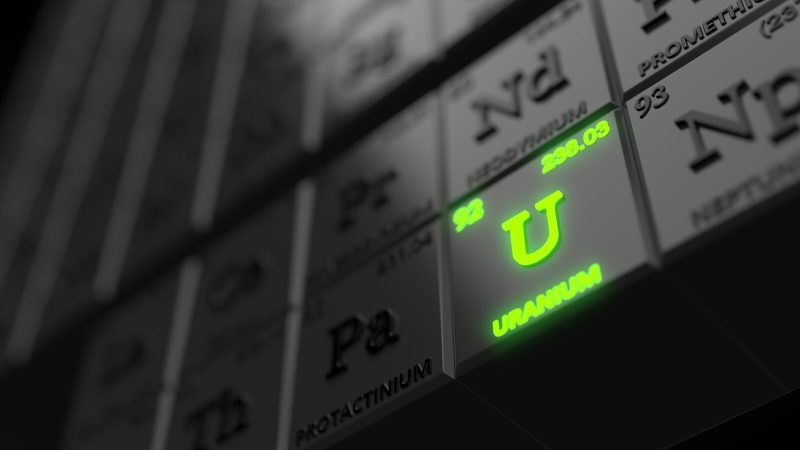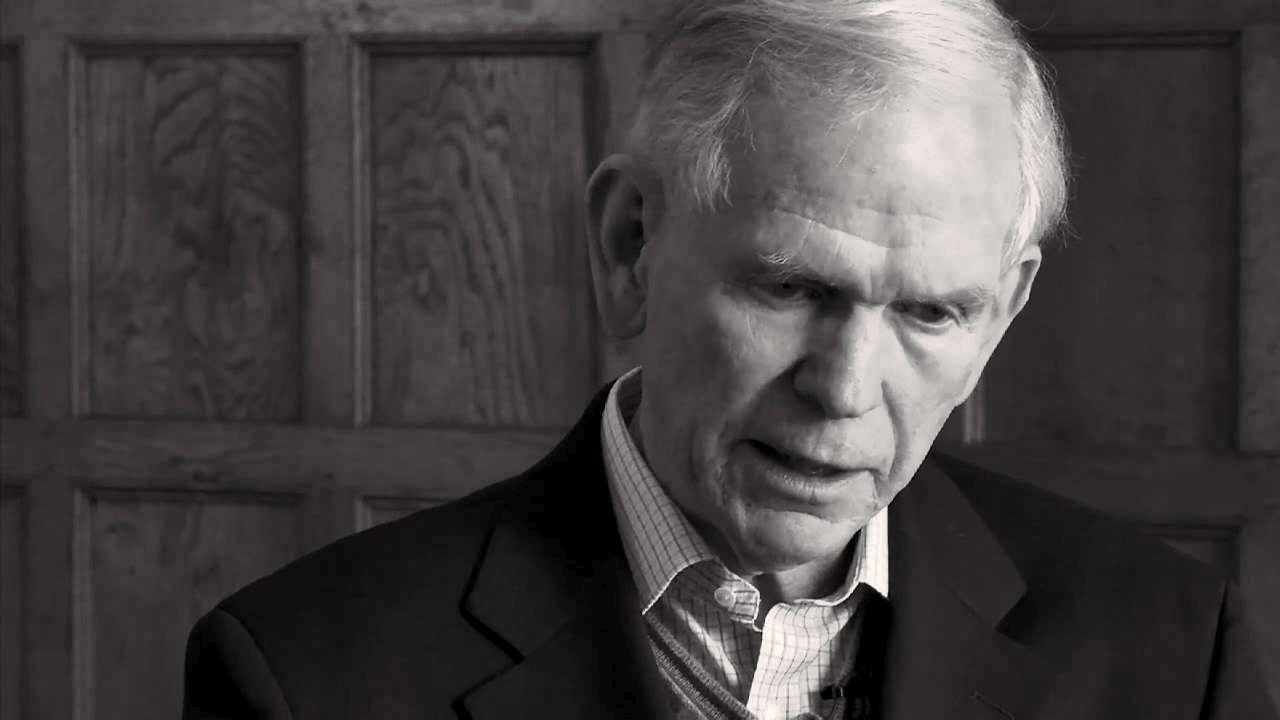“A Means of Survival”
“Try to imagine a world without water for a week,” urges Nick Lawson, CEO of Ocean Wall. “What would you pay for a glass?” In uranium markets, that’s not a metaphor. That’s the reality.
Lawson and fellow Ocean Wall director Ben Finegold are uranium’s apocalyptic optimists—students of nuclear history, energy geopolitics, and commodity market dysfunction. Their case, laid out in depth to Bristol Gold Group's Trey Reik, during a recent Wealthion1 featured episode, is equal parts chilling and convincing: uranium isn’t just essential—it’s existential.
And it’s about to be repriced accordingly.
The Hidden Catalyst: When Geopolitics Met Physics
Ocean Wall is a firm built around what Lawson describes as “deep value plus catalyst”—a search for neglected assets poised for explosive revaluation. Uranium, he explains, is the quintessential case study. From Yeltsin-era disarmament through Fukushima’s fallout to the war in Ukraine, uranium’s journey has been shaped by geopolitical tremors—and ignored by most investors.
“It’s analogous to a glass of water,” Lawson explains. “There is no substitute for enriched uranium in a nuclear fuel rod. Utilities will pay anything because if they don’t, the power plant shuts down—and that threatens societal stability.”
And yet, the market has functioned like a fantasy land. After peaking around $150 in 2007, uranium prices collapsed to $18 by 2016, a decade of decline Lawson attributes not just to oversupply, but to structural opacity and reckless financial engineering. The crash, he emphasizes, had “less to do with Fukushima” than the “leverage in the system during the financial crisis.”
Why 2024 Isn’t 2007
“Uranium has been in a sustained deficit since 2018,” says Finegold, shifting the lens to the present. Demand has surged—particularly from geopolitical about-faces on nuclear policy—but supply remains broken.
“We never imagined how unanimous the support for nuclear would become,” Finegold admits. COP28 saw 31 nations pledge to triple nuclear capacity by 2050. China alone plans to build more reactors in the next 10 years than have been built globally in the last 35.
The shock accelerants?
- Sprott’s entry in 2021 with a sovereign-scale acquisition of 40 million pounds of uranium.
- Russia’s invasion of Ukraine, which upended global fuel cycle logistics—especially in conversion and enrichment, where Russia dominates.
And that’s where the real squeeze begins.
The Putinization of Uranium
“Russia developed gas centrifuge technology in the 1960s and stole a march on everyone,” Lawson says. “The U.S. has one enrichment plant. It’s in New Mexico. And it’s run by URENCO.”
Today, Rosatom, Russia’s state nuclear energy firm, builds and fuels reactors across the developing world. China, not to be outdone, has quietly redirected 80% of Kazakh uranium exports to its own borders—up from near zero four years ago.
Finegold adds, “We’re watching a bifurcation of uranium from East to West. China’s built a warehouse on the Kazakh border to store every pound they can get.”
And the West? It’s playing catch-up through shipping detours that require “glacial” logistics and hope. That’s not hyperbole. “It takes three years now,” Finegold warns, “to go from oxide to enriched fuel. That used to be two.”
The Market That Isn’t
Reik, ever the gold veteran, asked the obvious: how do investors get exposure to a commodity that can’t be stored under your mattress?
“There is no proper exchange,” says Lawson bluntly. “No price discovery. No transparency. Mobile inventory can create phantom supply or phantom demand. And it’s one of the few commodities where the market remains opaque—deliberately so.”
So what do uranium veterans do? They improvise:
- Physical uranium trusts like Sprott and Yellow Cake provide pure oxide exposure.
- UEC (Uranium Energy Corp) is Ocean Wall’s preferred “sleep-at-night” play—strategically aligned with U.S. energy policy and national security imperatives.
- ASP Isotopes, a South African firm, offers “potentially the most important company for humanity,” with enrichment tech vital for Bill Gates’s TerraPower SMRs and AI-powered data center ecosystems.
- Lightbridge Corp is developing next-gen fuel pellets to extend reactor cycles—a necessity in a tightening supply world.
- Skyharbour Resources gives “36 shots on goal” in North America’s Athabasca Basin, the world's highest-grade uranium district.
And as Lawson emphasizes: “Every one of those companies we’ve invested in. We’ve done the diligence. This is where the puck is going.”
From Patience to Panic
“We used to joke we could fit every London uranium investor into a phone booth,” says Lawson. “Now we get calls from nuclear fuel buyers, hedge funds, utilities.”
The tide has turned.
With global data center expansion consuming unimaginable amounts of electricity—and AI pushing power demand to 24/7 levels—nuclear’s role as the sole reliable baseload provider is no longer an option. It’s a mandate.
“We’ve crossed the Rubicon,” says Lawson. “This trade has been de-risked.”
Reik pushed one last time. Is now the time?
Lawson didn’t blink: “This is a generational trade—like ABS in ’07 or silver in the ‘70s. The setup is there. The violence of the move is inevitable.”
Final Thought: Cassandra on the Walls
“We often feel like Cassandra on the walls of Troy,” Lawson muses. “We can see the Greek ships. No one’s listening.”
They should be.
When enriched uranium becomes the most strategically contested material on Earth—and the West realizes it’s been outmaneuvered by command economies with 50-year plans—markets won’t correct slowly.
They’ll correct violently.
And in uranium, as Ocean Wall’s motto puts it: “Everything takes time.”
But then it happens all at once.
***
Footnote:
1 Trey Reik, Bristol Gold Group. "Uranium’s Parabolic Setup: Nick Lawson & Ben Finegold on the Generational Trade." Wealthion, 22 May. 2025.















